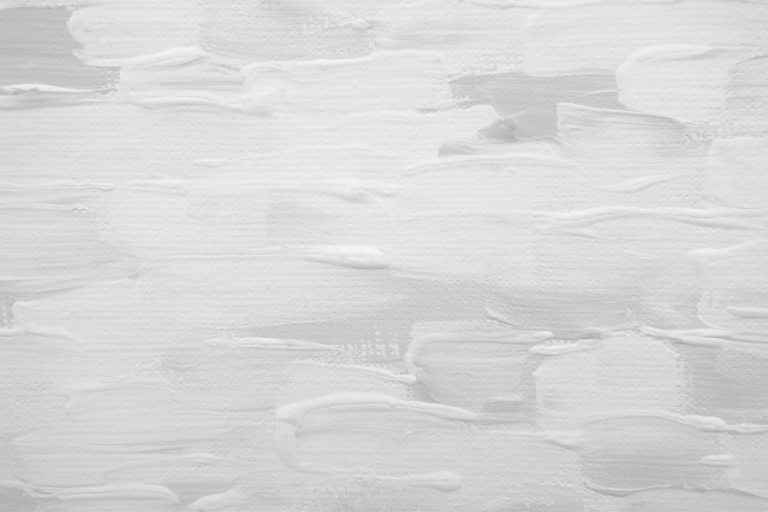
Liquid White Vs Gesso: What Is the Difference?
The main difference between liquid white and gesso is how it is used. Gesso applies very first on the canvas, creating a chalk texture effect, making it ready to accept paint. And liquid white is applied to make the canvas wet, increasing the dry time of oil painting, which is very important for wet on wet technique.
There are also various drying times, brightness, applied coats, and more.
The 2 products are completely different. However, I will explain point to point below. I hope everything will be clear for you.
In the 2 articles, I already explained more about liquid white and gesso. You can check for more information.
Liquid White vs gesso: Key points
| Gesso | Liquid White | |
| Uses | Gesso is mainly used as a primer for canvas. | Liquid white is used as the base coat of paint. |
| Touch feel | Feel like chalk. | Feel like oily |
| Ready for project | After gesso properly dry | Before liquid white dry |
| Cleaning | Easy to clean with water | Little bit hard to clean |
| Drying Time | Within 20-90 minute | Take around 10-90 hours to dry |
| Number of Coats | 2 or 3 coats | 1 coat enough |
| Ease of Use | Easy to apply | Apply a little bit harder |
| Brightness | Dim brightness | high brightness |
| Other uses | It only uses as a primer | Can be used as paint thinner, landscape highlighter |
What is the difference between gesso and liquid white?
The liquid white and gesso are important parts of a wet-on-wet oil painting project. They 2 are different materials. However, below, I will compare the main features.
Uses
The gesso is used for prime canvas. It makes surface texture which gives grip to stick paint. And liquid white applies on the gesso primed surface as a base coat.
The base coat is very important for oil painting because it makes the canvas wet, allowing you to achieve a natural gradient and blend color naturally.
Touch feel
The gesso feels like chalk; it indicates texture effects. And the liquid white feels wet and oily. For the wet-on-wet technique, it is an important feature.
Ready for project
After applying gesso as a premier, you must wait until it is completely dry for the next step. But after applying liquid white, you should start the painting project on the wet surface.
Cleaning
The gesso is similar to acrylic paint. So it is easy to clean up with water. On the other hand, liquid white is oil-based. You can not clean it with water. You need to wipe it with a paper towel or dry rug. So it is not easy to clean up.
Dry time
Gesso dries very fast. It takes around 20-90 minutes to dry completely. And it dried hard. On the other hand, liquid white drying is very slow. It can take 10-90 hours to dry.
Number of coats
Gesso as a primer, more coats make it more suitable and strong for work. Gesso needs a minimum of 2 coats; you can apply 3 or more if needed. It does not harm the painting. But for liquid white need a very thin coat. And one coat is enough.
Ease of use
Gesso is very easy to apply. You can fill it with a new coat if you make a mistake. No need to worry about other problems. To apply liquid, you need to take extra care. You always keep the right thickness (not much, not low). If you accidentally add extra, you must remove it. However, it is not much harder but harder than gesso.
Brightness
Gesso applies as a background color; generally, it is not very bright. Liquid white is applied on the gesso surface, and it is bright. Liquid white on white gesso makes liquid white brighter.
Other uses
Gesso is mostly used for primer and background color. On the other hand, liquid white is used as a base coat, paint thinner, and landscape highlighter to achieve a natural gradient and more.